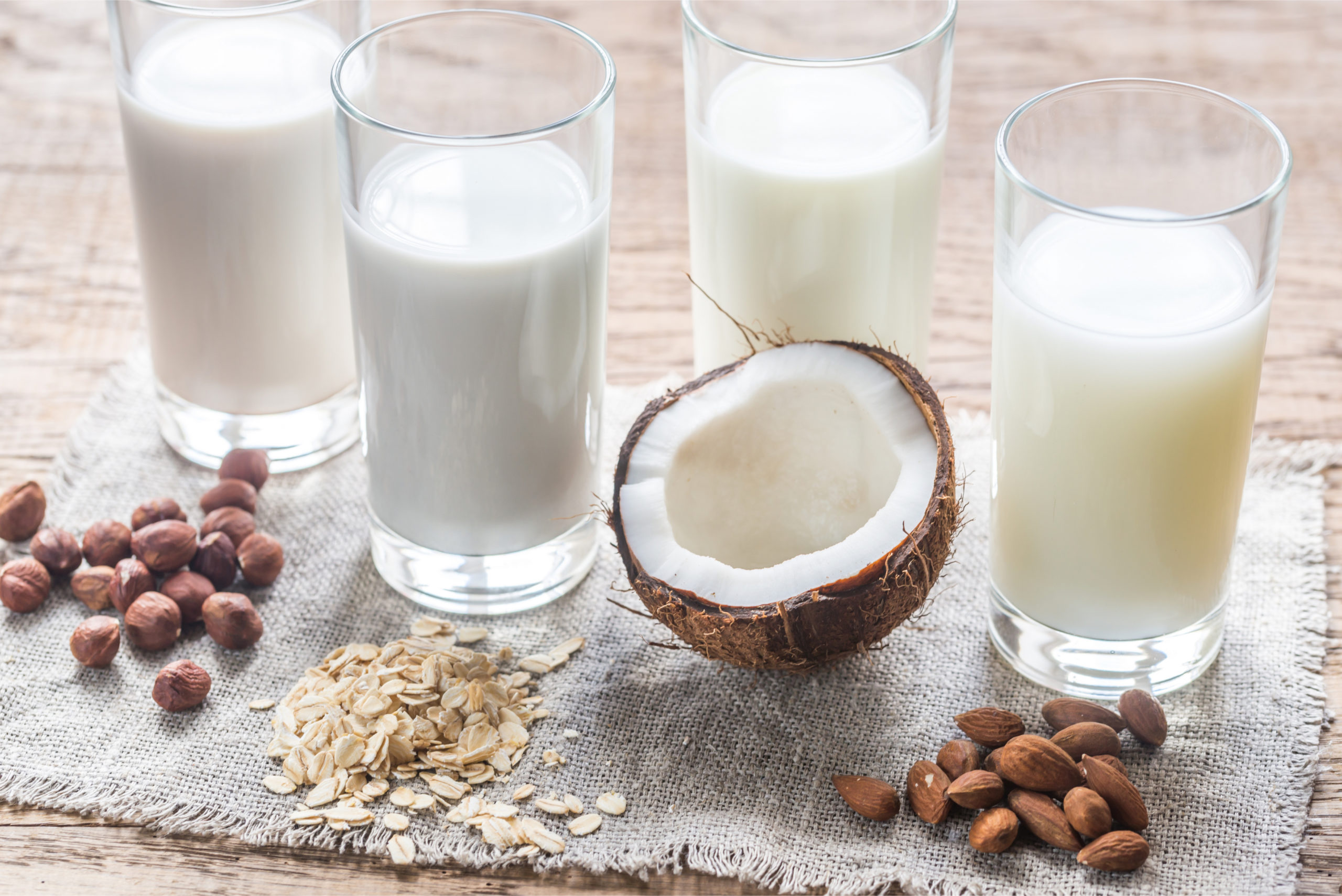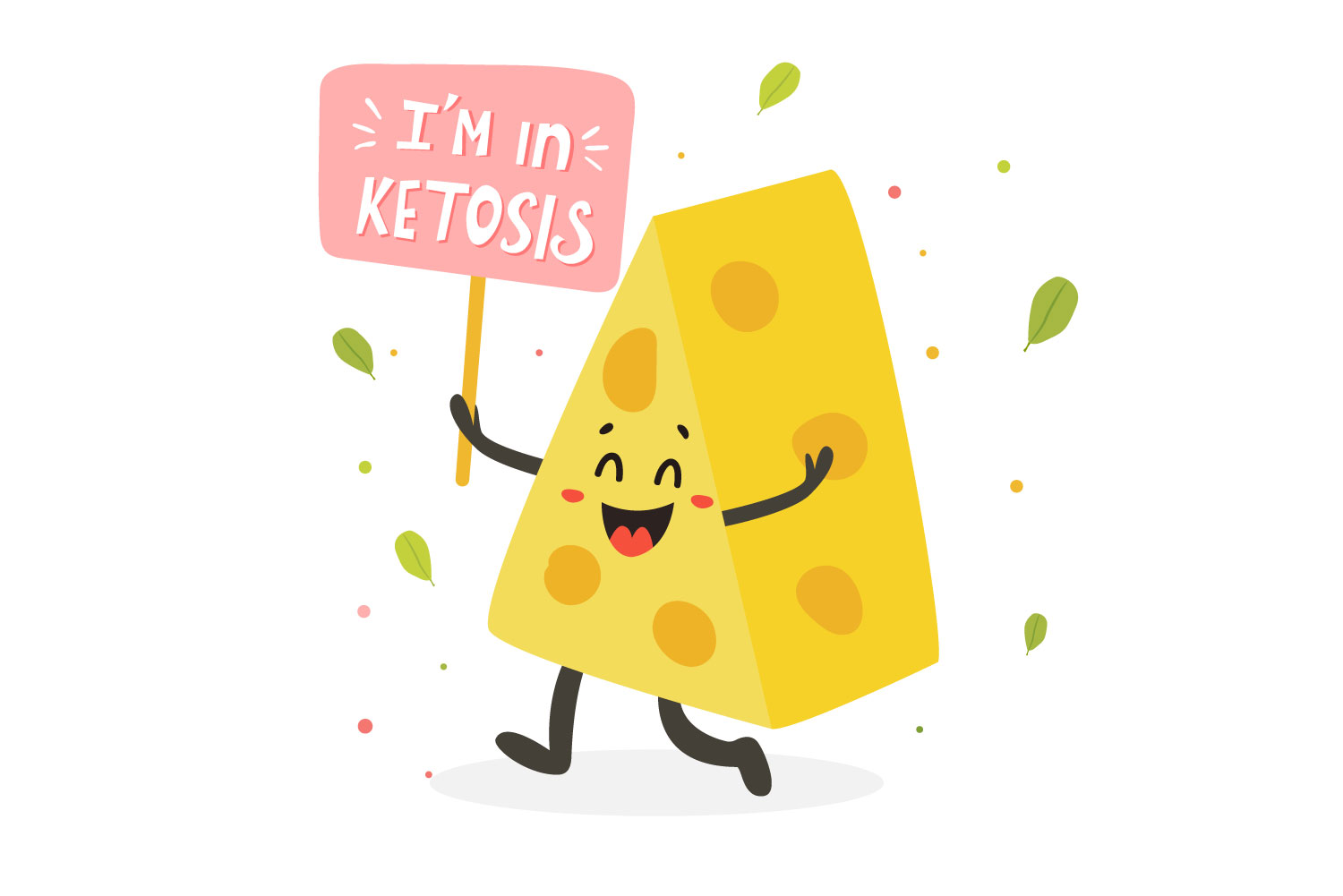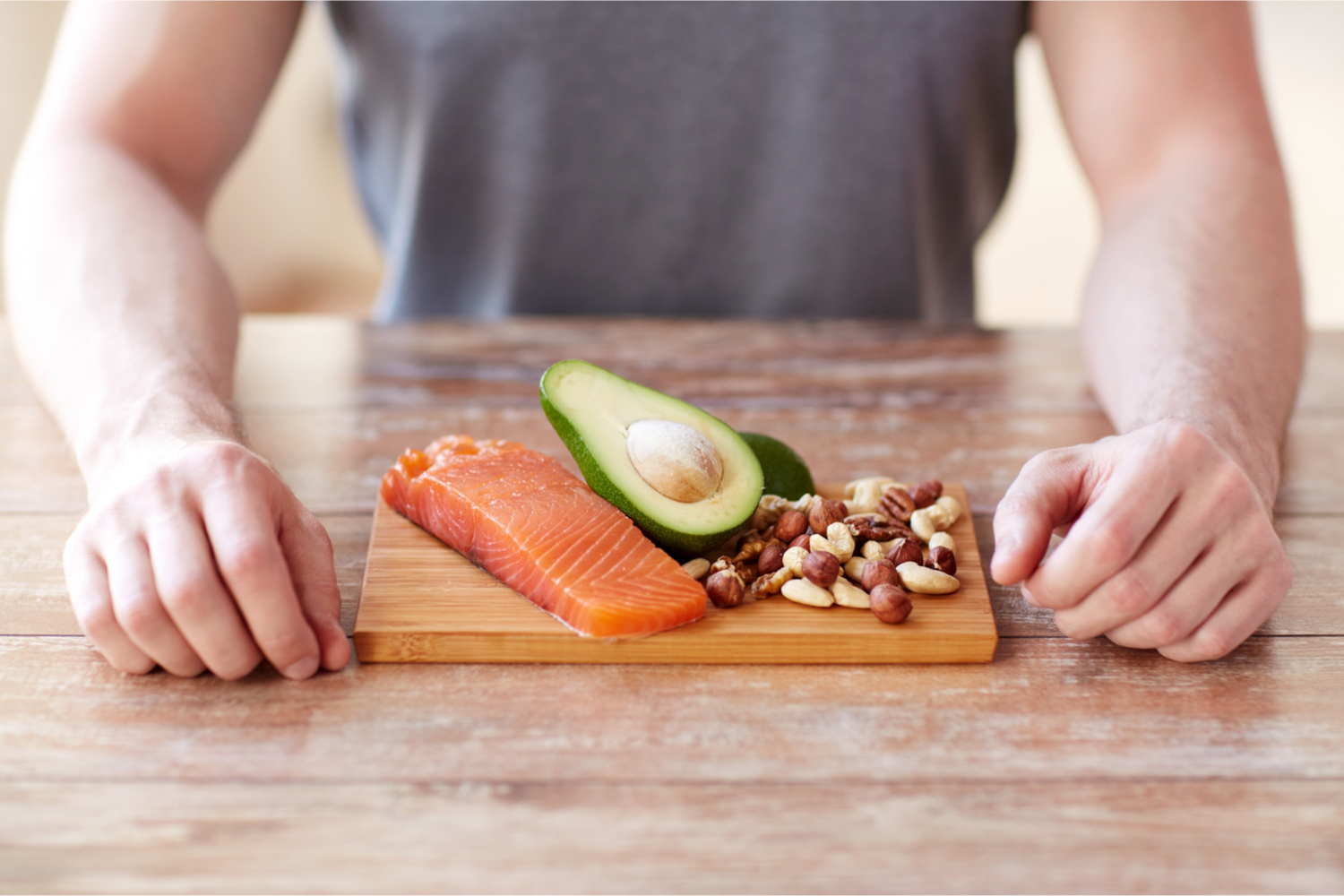SUMMARY
A dairy-free diet can improve your digestion, and it has other potential health benefits. However, not all non-dairy foods are optimal choices for wellness. The best picks have natural, whole-food ingredients.
A dairy-free diet has the power to support your wellness journey.
Foods made with dairy can cause digestive issues such as gas and uncomfortable bloating. If you suffer from these problems, replacing foods like yogurt, milk and hard cheese with non-dairy substitutes may help alleviate the situation.
So, what’s the scoop on dairy-free eating? And which non-dairy foods should you choose for optimal health? Let’s take a closer look.
In this article, we will:
- Define a dairy-free diet
- Explain the difference between dairy-free and vegan eating plans
- List the ingredients used in non-dairy products
- Discuss some key health benefits of eating dairy-free
- Offer tips on choosing healthy non-dairy foods
- Answer common questions regarding dairy-free eating
What is a dairy-free diet?
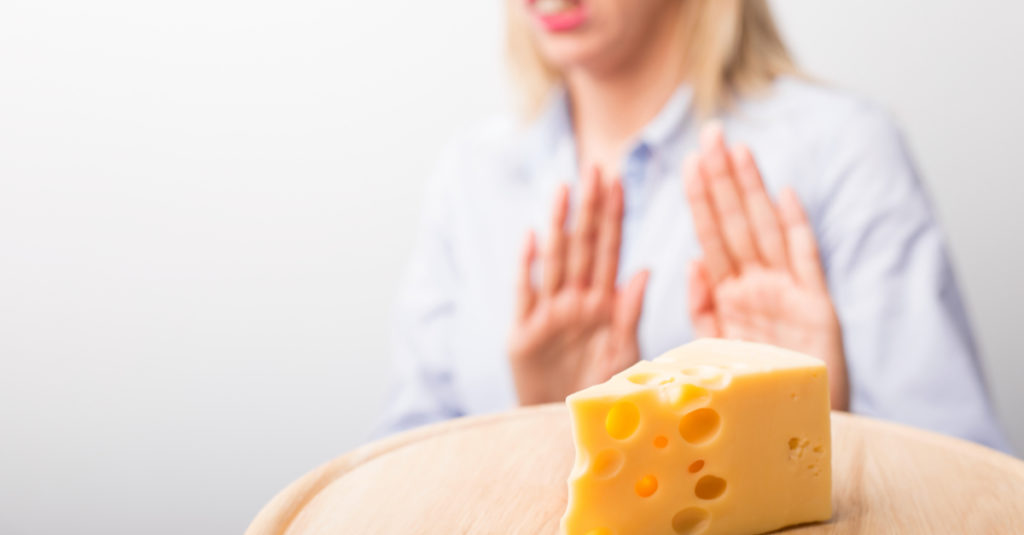
A dairy-free diet excludes all foods and beverages containing dairy products.
This diet excludes all types of animal milk. That means no cow’s milk, sheep’s milk or goat’s milk. And all kinds of food and drink that include animal milk are prohibited on a dairy-free diet plan. So, for example, cheese made with animal milk isn’t allowed. Also, butter, ice cream and yogurt made with animal milk are verboten.
Dairy contains valuable calcium and protein. However, you can access these nutrients via plant-based substitutes like chia seeds, soy milk, almonds and tofu.
Dairy-free diet vs. vegan
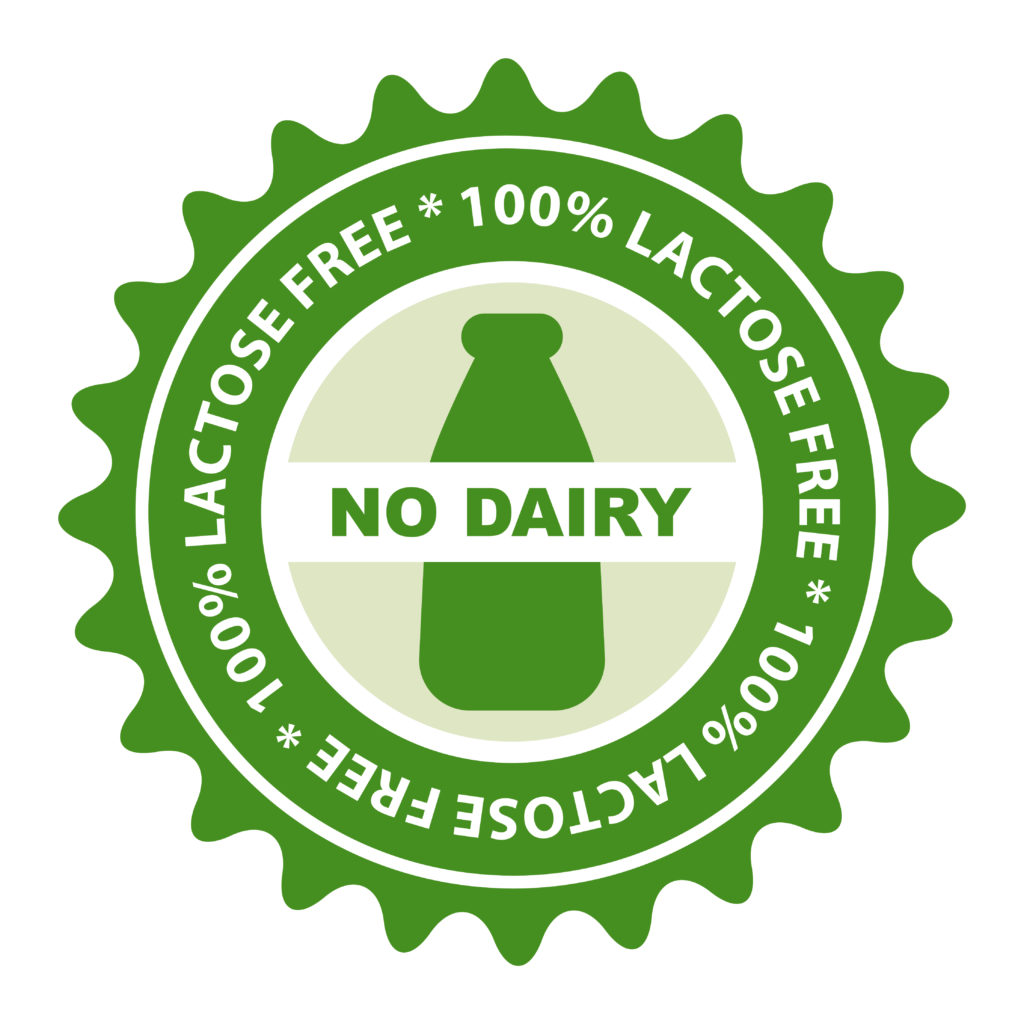
So, how does the dairy-free diet plan differ from the vegan diet?
The dairy-free lifestyle is similar to the vegan lifestyle in that they both limit the consumption of foods made with animal products. However, a vegan diet has broader restrictions; it excludes all animal products, such as meat, chicken, oily fish and eggs. The only animal-based foods excluded from a dairy-free diet are those made with animal milk.
Ingredients used in non-dairy foods
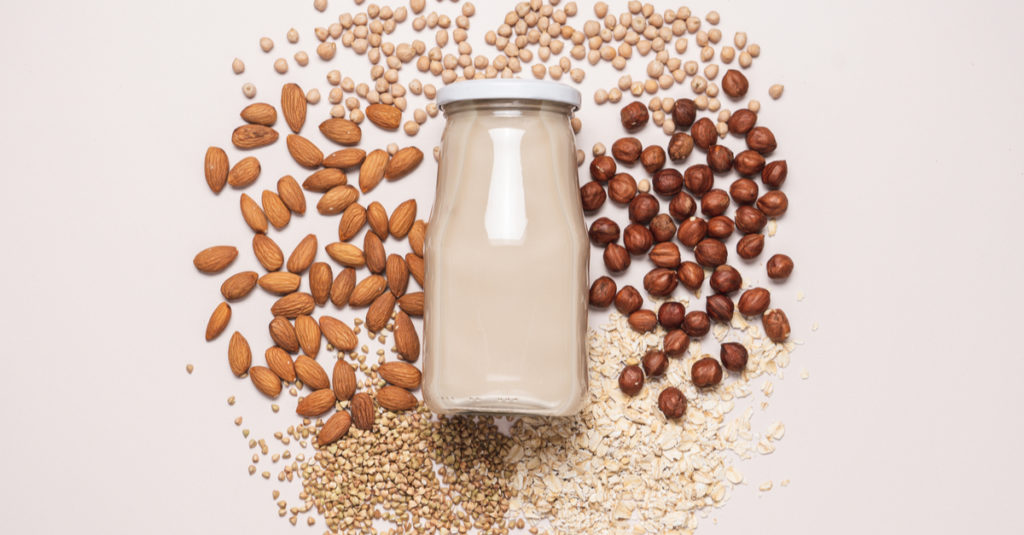
Dairy-free foods swap ingredients made with animal milk for those that are plant-based.
For example, dairy-free milk replaces cow’s milk with plant-based alternatives such as:
- Rice milk
- Almond milk
- Cashew milk
- Soy milk
- Oat milk
- Brazil nut milk
And dairy-free ice cream ditches cow’s milk and heavy cream in favor of plant-based choices like:
- Nut milk
- Nut butter
- Soy milk
- Coconut milk
- Pea protein
- Fava bean (also known as faba bean)
Last but not least, dairy-free cheese replaces animal milk with ingredients like:
- Tree nuts and seeds
- Soy
- Coconut
- Root vegetables such as carrots and potatoes
- Starchy flours such as potato flour, arrowroot flour, and tapioca flour
Health benefits of a dairy-free diet
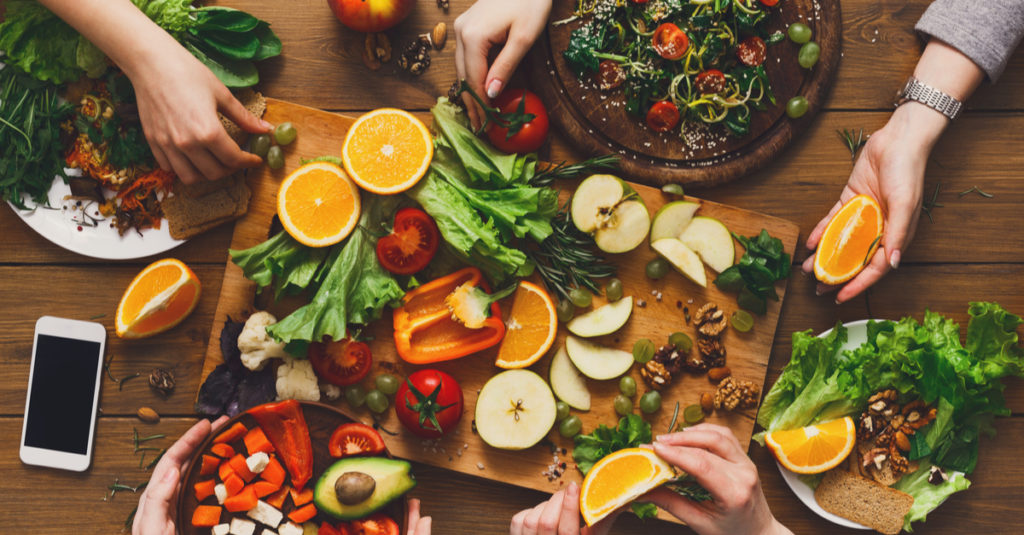
Here are some key health benefits of dairy-free eating:
1. Improved digestion
Dairy products often contain a sugar called lactose. Lactose is typically broken down by lactase, an enzyme produced by the small intestine.
Unfortunately, many people produce less lactase than is needed to break down lactose. This condition — known as lactose malabsorption — makes it difficult for them to digest dairy milk and its by-products. Lactose malabsorption sometimes causes symptoms like bloating, diarrhea and gas. When this happens, the condition is called lactose intolerance.
Lactose malabsorption is more common than you might think. According to the National Institutes of Health, roughly 68 percent of the world’s population suffers from this condition. Here in the U.S., it’s most common in people with these ethnic backgrounds:
- African American
- Native American
- Asian American
- Hispanic/Latino
If you experience symptoms such as gas and bloating, lactose intolerance may be the culprit. And you may be able to experience relief by putting the brakes on your dairy consumption.
You’ll also benefit from dairy-free eating if you have a milk allergy. Milk allergy (also known as dairy allergy) is less common than lactose intolerance, but it causes severe symptoms. For example, this condition can cause anaphylaxis, a potentially fatal condition that requires treatment with epinephrine. Milk allergy can also cause atopic dermatitis and inflammation of the esophagus.
2. Reduced exposure to harmful hormones and antibiotics
Most of the dairy consumed in this country is produced commercially. Commercial dairy production involves the use of hormones and antibiotics. Research shows that these hormones and antibiotics can negatively impact your health. For example, steroid hormones in commercially produced dairy products are a risk factor for certain types of cancer in humans.
However, it’s important to note that organically raised dairy doesn’t include harmful hormones and antibiotics.
3. Better skin
Acne is a skin condition that causes unsightly bumps and blemishes. According to the American Academy of Dermatology Association, it’s the most common skin ailment in the U.S., affecting up to 50 million Americans. And while it’s most common in adolescents, acne can occur at any stage in life.
Various research studies link acne with dairy intake. The data links consumption of dairy foods such as whole milk, low-fat milk, skim milk and cheese with a higher risk for acne. This research suggests that for some people, a dairy-free diet may improve the appearance of this skin.
How to choose healthy foods for your dairy-free diet plan
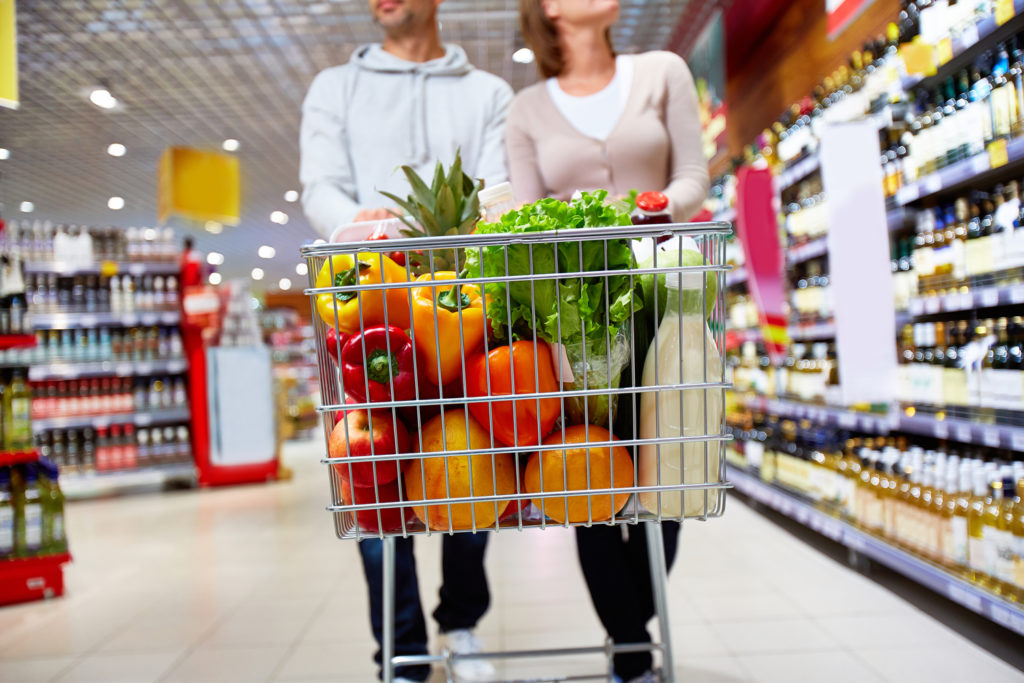
Here are some tips for choosing healthy, non-dairy foods:
1. Look for items made with whole foods and minimal ingredients
Some non-dairy foods are highly processed. These foods contain lots of preservatives, refined oils and color additives.
The healthiest choices are those made with natural, whole-food ingredients. These picks typically have short ingredient lists that include natural foods that are easy to recognize.
2. Steer clear of foods with lots of sodium
Sodium can cause severe health problems if you overeat it, and most Americans consume more than the recommended amount. Research shows excessive sodium consumption can cause high blood pressure, heart attack and stroke. To reduce your risk of chronic disease, you should consume no more than 2,300 milligrams of sodium per day.
Some dairy-free foods are high in sodium. This is especially true of certain types of highly processed vegan cheese. Before purchasing dairy-free foods, read the ingredient list, and steer clear of any dairy alternative with excessive sodium. In some cases, you’ll be able to find non-dairy alternatives that are low in sodium or sodium-free.
3. Avoid foods with lots of sugar
Studies link excessive sugar consumption with health issues such as high blood pressure, diabetes, weight gain and inflammation. Sugar content in dairy-free foods varies dramatically. Some choices are high in sugar. On the other hand, some have very little sugar, replacing this ingredient with healthier substitutes such as erythritol. These differences are especially apparent in vegan food such as non-dairy ice cream.
According to the American Heart Association, men should consume no more than 36 grams of sugar per day. For women, that figure drops to 24 grams. Keep these recommendations in mind when looking at the sugar content of vegan ice cream and other dairy-free foods that you’re thinking about adding to your pantry.
4. Read the ingredient list to avoid foods that contain hidden dairy
It may not be immediately apparent to you that certain foods contain dairy. That’s why it’s essential to read the ingredient list before purchasing.
Here are some packaged foods that may have hidden dairy:
- Boxed cereals – may contain milk-based ingredients such as nonfat milk powder, whey protein isolates and casein
- Yeast bread – choices such as croissants and cinnamon bread often include dairy
- Processed sandwich bread – may contain milk products such as casein, whey and nonfat milk powder
- Crackers – may include a dairy food like butter or butterfat
- Deli meats – may contain dairy ingredients such as lactose or casein as an emulsifier
- Granola – may have butter
- Protein bars – may contain a milk product such as lactose, casein or milk powder
- Vegetarian meat substitutes – may contain casein or whey protein isolates
Dairy-free diet: FAQs

Next, let’s answer some common questions regarding the dairy-free lifestyle:
1. Can you eat eggs on a dairy-free diet?
Yes, the dairy-free diet includes eggs. The only animal-based foods excluded from this diet are those made with animal milk like cow’s milk.
2. Can you eat goat cheese on a dairy-free diet?
Goat cheese includes goat milk. Since goat cheese has animal milk, it’s excluded from a dairy-free diet plan.
3. Is a paleo diet dairy-free?
The eating patterns of our hunter-gatherer ancestors inspire the paleo diet. Our relatives from that era did not milk cows. With this in mind, the paleo diet excludes all dairy products. That includes dairy cheese, sour cream, cow’s milk and butter.
4. Can I eat butter on a dairy-free diet?
Butter typically includes animal milk such as cow’s milk. Since it contains animal milk, butter is not allowed on a strict dairy-free diet plan.
5. Can a dairy-free diet help you lose weight?
Yes, under certain circumstances, a dairy-fee diet can help you lose weight. You can lose weight by reducing your calorie intake. Many dairy-free foods have fewer calories than their dairy-based equivalents. With this in mind, a dairy-free diet can support healthy weight loss if you choose options that are relatively low in calories.
6. Can you eat bread on a dairy-free diet?
With bread, it’s essential to read the ingredient list. Some types of bread include dairy products such as casein, whey and nonfat milk powder; these types of bread are excluded from a dairy-free diet. However, if you’ve checked the ingredient list and found there isn’t a dairy product present, bread is compatible with a dairy-free lifestyle.
Next steps
Simplify your dairy-free diet plan by subscribing to Fresh N Lean. We offer vegan and paleo meal plans that exclude all dairy products; our chefs make this cuisine using whole-food, organic ingredients. Also, to support you on your health journey, we offer free nutritional counseling from our skilled team of in-house nutritionists. Subscribe today to have tasty, dairy-free meal boxes shipped to your home or office.
Fresh N Lean is the nation’s largest organic meal delivery service. Our tasty, chef-prepared cuisine is always fresh and never frozen, and we offer convenient meal plans like Protein+, Keto, Paleo, Standard Vegan and Mediterranean. Choose Fresh N Lean for affordable nutrition, delivered to your doorstep.
